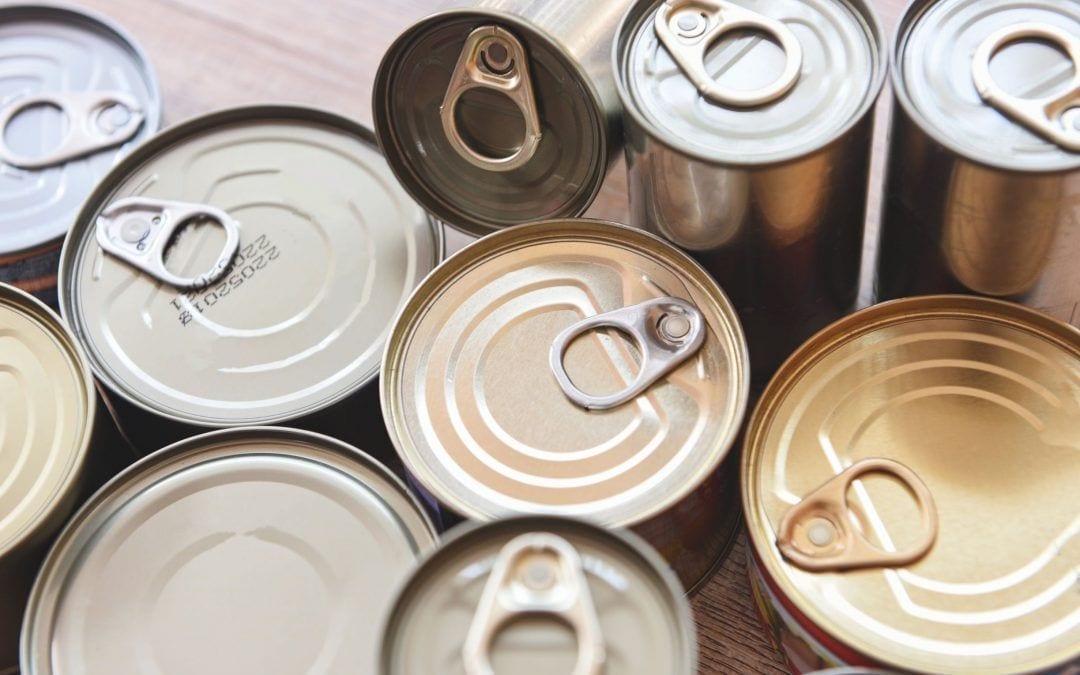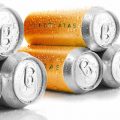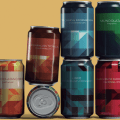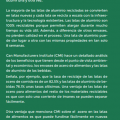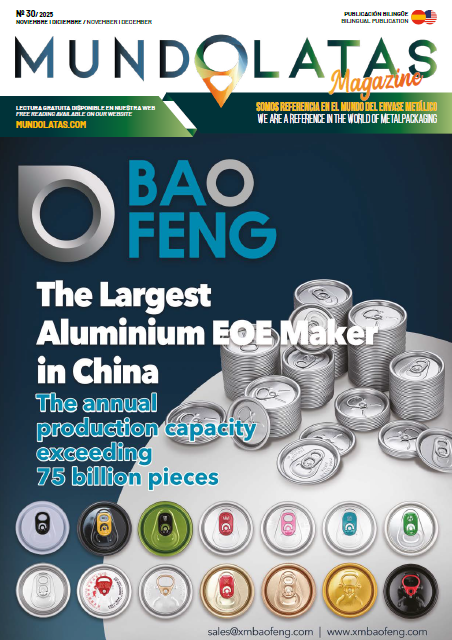The internal coatings of food cans are very important because they prevent direct contact between the cans and the metal, ensure the shelf life of the products as well as the taste properties of the food.
Bisphenol (BPA) is a substance long used for the inner lining of food and beverage cans to prevent rust, corrosion and contamination until, in late 2008, studies linked the presence of BPA to health risks. For example, the Endocrine Society, an international professional medical organization in the field of endocrinology and metabolism, published a paper at the time stating that BPA exposure, “particularly in development, increases the risk of breast cancer, obesity, diabetes, and reproductive and neuroendocrine disorders”.
From there, canned food and beverage producers set about the task of finding a substitute.
Epoxy coatings have been used in cans since the 1950s, as they help preserve all types of food and beverages. After several trials to replace BPA, in 2018, 90% of food can production used alternative materials based on mainly acrylic and polyester formulations, according to Can Manufacturers Institute (trade association of U.S. metal can manufacturers and suppliers).
But research has continued, particularly in the beverage industry, and after intensive chemical research by the coatings company Valspar, now part of Sherwin-Williams, a new solution appears to have been found.
The company sought out scientists who had rightly raised the alarm about the health effects of BPA and focused on developing a new epoxy. After extensive research and testing, Sherwin-Williams is now commercializing a new can lining epoxy, built from the ground up with a new monomer.
The company says it is safe and works just like those made with BPA. “The epoxy is already used in beverage cans in California, where food and beverage cans with BPA-containing coatings require a health warning under Proposition 65. As the company continues to scale up the new polymer, called valPure V70, its goal is to expand its use in other states and in food product cans.”
Explains Jeff Niederst, director of global marketing for Sherwin-Williams, that the key was to find a substance “that could be exchanged one for one for BPA, but without the endocrine activity. The team looked at several members of the bisphenol monomer family. They built a computer model to predict how each would fit into the hormone receptors and whether it would work in an epoxy.
After numerous investigations and tests, they found the company, Deepak Chemicals, and the substance: TMBPF (tetramethyl bisphenol F). Ana M. Soto, a professor of immunology at Tufts University School of Medicine in Boston, showed that Valspar epoxy differed from BPA-based epoxies in two important ways. “One is that TMBPF monomer showed no estrogenic activity in assays or studies in rats.
The other is that testing of the epoxy polymer showed that the migration of the monomer, as in food, was below the detection limit of 0.2 ppb. In the paper, Soto’s team concluded that there is “compelling evidence” of an “absence of endocrine activity and negligible human exposure”.
Sherwin-Williams is now applying for approval under European Union chemical regulations and continues to test V70 for developmental endpoints in animals, which requires testing several generations.
Tom Van Kuren, packaging coatings consultant for Vantek Surface Solutions, warns that it will take some time to discover how far V70 will go in the world of food and beverage packaging.
While many companies invest significant amounts of money in R&D to find a coating that protects the health of their consumers, others do not consider this approach. According to C&EN (Chemical and Engineering News), the recent discovery that some paper “to-go” containers are coated with perfluoroalkyl and polyfluoroalkyl substances (PFAS) “shows that prioritizing human health when choosing food contact materials is not yet routine”.
PFASs are “becoming the new BPA”.

